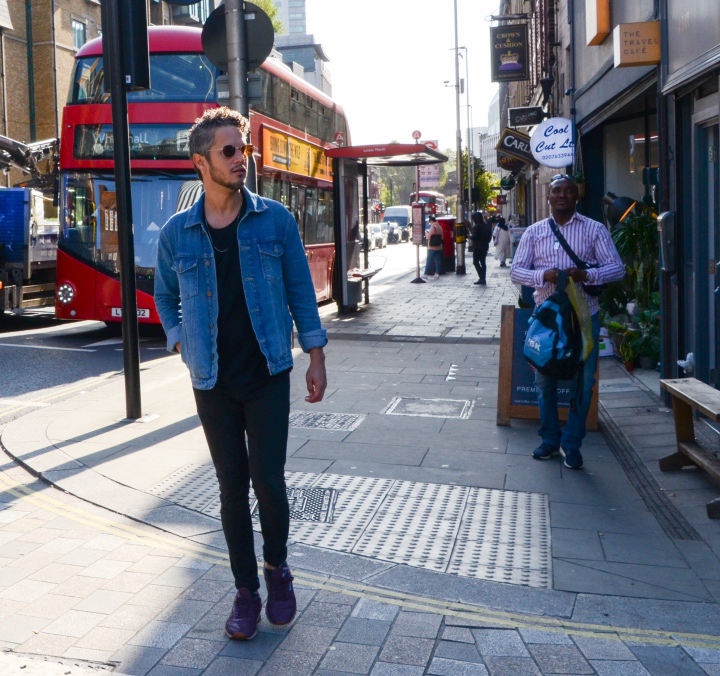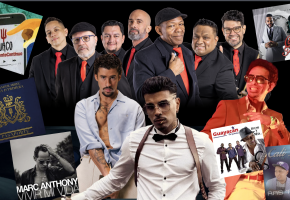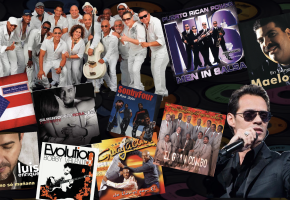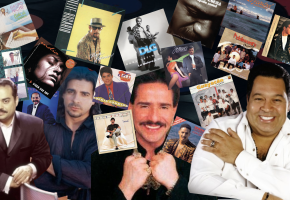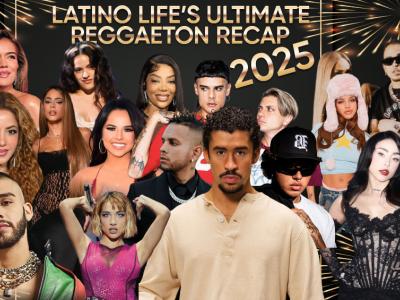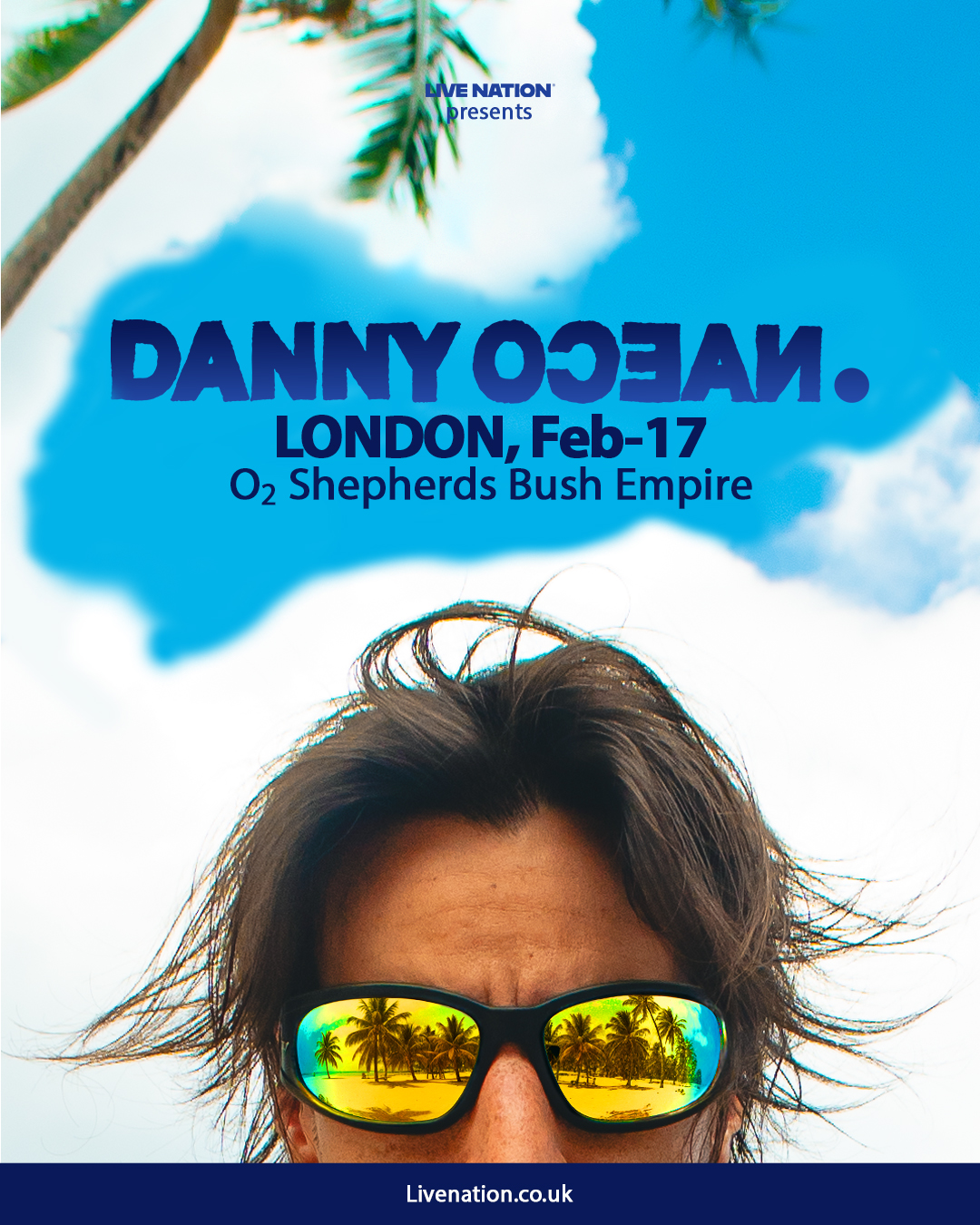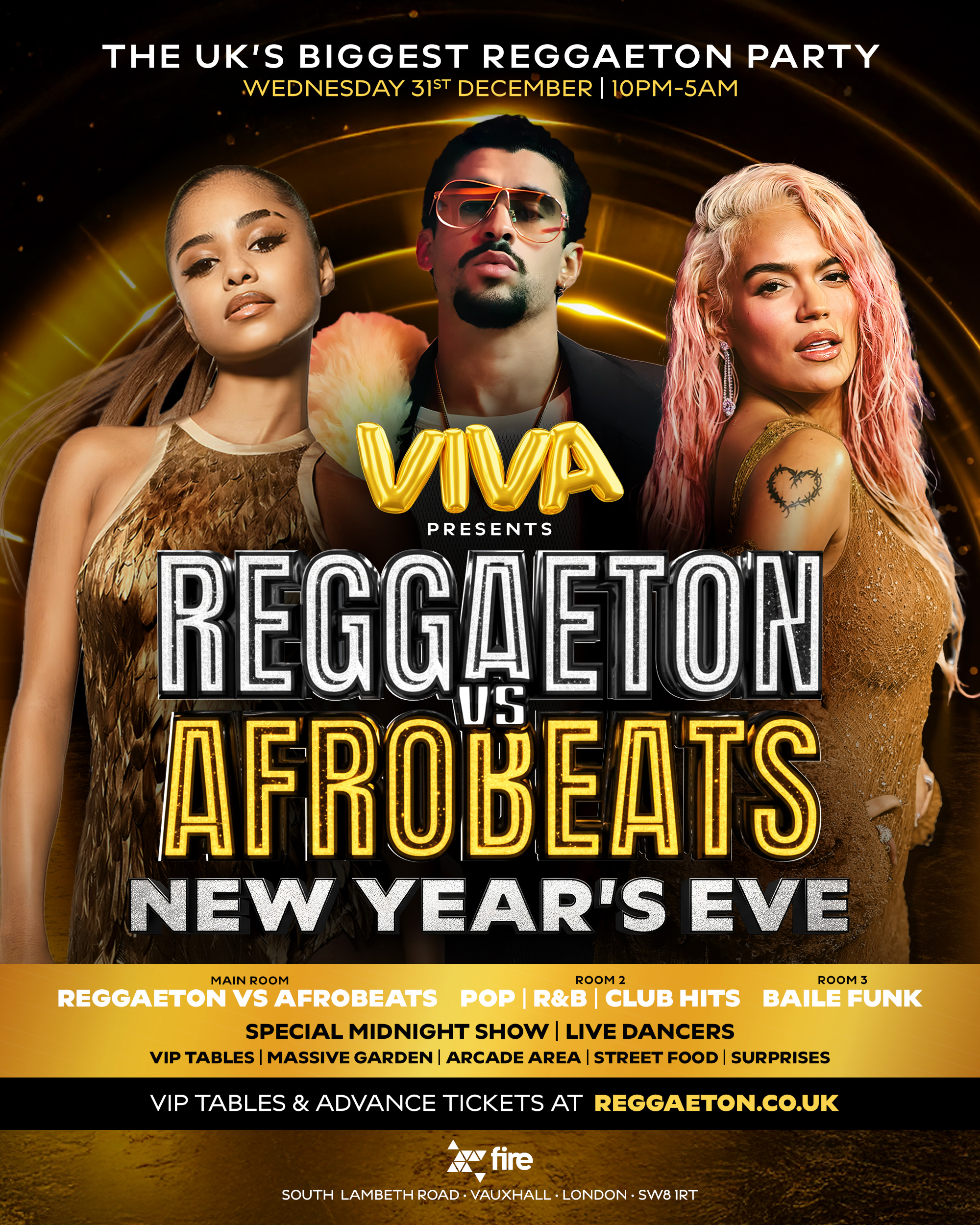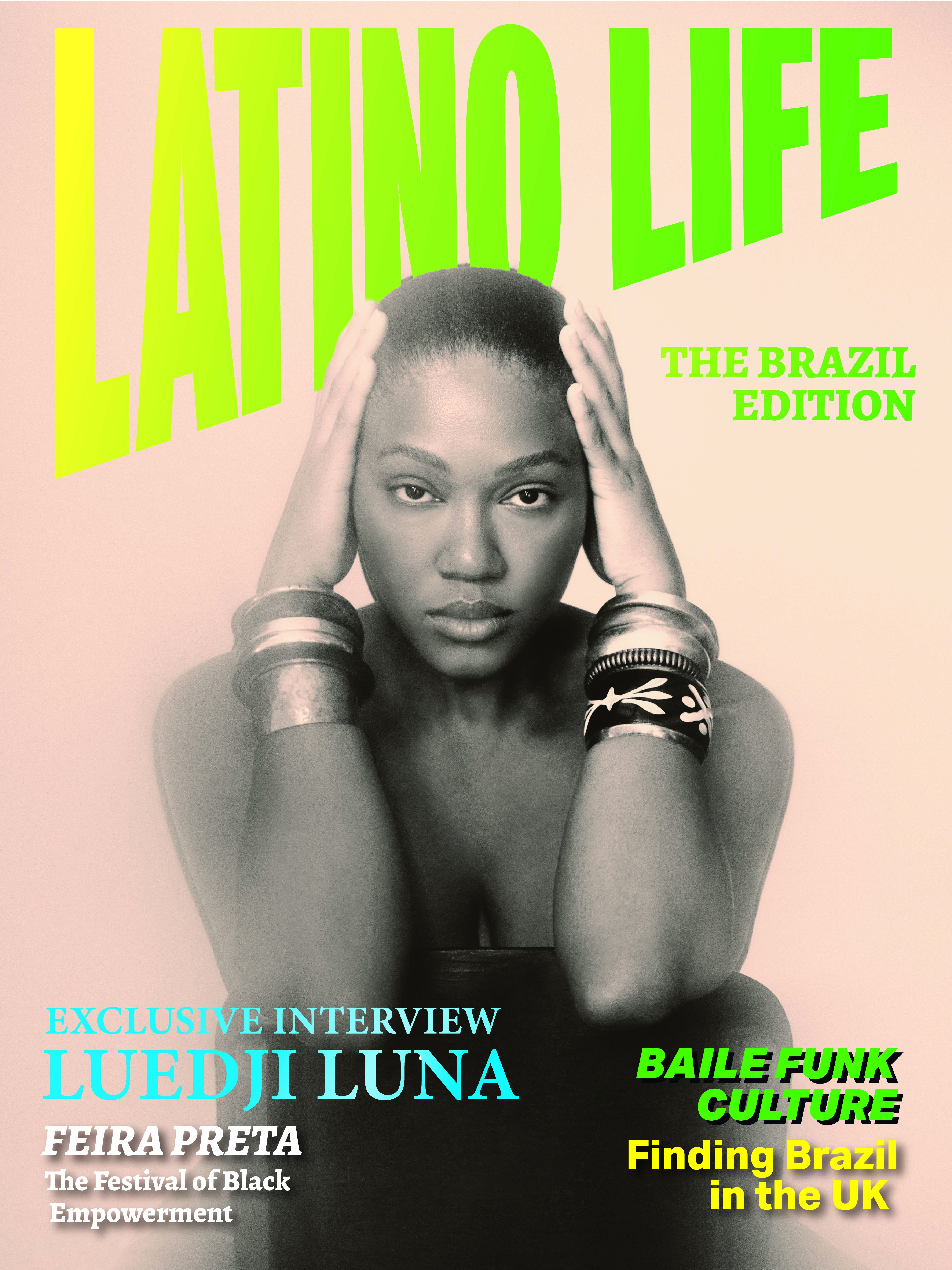Vicente Garcia, the Dominican singer-songwriter, radiates an enviable coolness, and not just because when I meet him he’s wearing sunglasses indoors on a cloudy day in central London. Rather, it comes from his refusal to conform to the chart’s current expectations of urban Latin music, as he has become part of the growing number of contemporary musicians who have revisited their country’s traditional music for inspiration, creating truly modern twists on the genres that have been around for decades.
The Latin-Grammy award-winner is in the UK for the first time as part of the European tour for his third album Candela, which fuses the traditional Dominican genres of bachata and merengue with Paul Simon inspired Afrobeat and electronic synths. The album feels wonderfully unique, building on his past successes in previous albums Melodrama and A La Mar to create a sound that is no longer distinctly Dominican, but rich in inspirations which Garcia has drawn from all over the world. What’s more, part of Garcia’s brilliance is his incredible showmanship. He brings an electric energy to the stage, dancing and playing with an apparent tirelessness which sees him transform from the collected calm of his personality.

Perhaps unsurprisingly, typical teenage hormonal angst meant that Garcia wasn’t always interested in his country’s traditional genres. ‘I was more into punk and hardcore rock in my teens,’ he muses, ‘Rage Against the Machine, Deftones, etc.’ His turn towards bachata and merengue came from touring and working with the iconic Dominican singer Juan Luis Guerra, whose music provided the backdrop to the majority of Dominican people’s lives whilst growing up. ‘Travelling with Juan Luis Guerra I realised how important it was to bring with music the identity of where i’m from’, Garcia tells me. ‘I found that the Caribbean/Dominican music was really intense and people really dig it around the world. So I went back home and started working with Dominican music for the first time.’
An essential part of working with his country’s traditional music was to rediscover and explore the country itself, travelling into the heart of the Dominican countryside. ‘I wanted to get in touch with not just Afro Caribbean music but the culture itself. I was interested in everything, from how they mix drums and chants in their music, to how they celebrate birth and death with music, and the history of the people who live there. This opened up a new universe of not just music but vocabulary and cultural customs that I brought into the songwriting.’
By turning towards traditional music, Garcia is swimming against the tide of Latin urban artists who have ensured reggaeton has become the genre on everyone’s lips. In no way is he against the genre though, rather seeing it as an opportunity for other types of music to come into the mix: ‘I think right now is turning out to be a big moment for Latin urban music, which gives us a great window to introduce other things as well, all the diversity in South America with all its rhythms and folklore.’
Rejecting expectations of popular Latin music and feeling free to follow his own path musically was something he learnt from working with Eduardo Cabra. Cabra is best known for being, alongside his brother Residente, part of the Puerto Rican Calle 13. The band’s sound is unconventional, fusing an eclectic range of genres to provide an alternative to typical reggaeton. This attitude towards their music obviously rubbed off on Garcia: ‘With Eduardo I realised the type of artist I wanted to be. With him I started working in a way I really enjoy, not just thinking about commercial stuff or getting into the charts.’
Garcia didn’t just want to recreate the traditional merengue that Dominicans knew and loved. Instead he explains how he wanted to give it his own twist, researching what the genre was like in its early roots, before its signature sound was so established. He truly comes alive when he explains ‘I found loads of new things in terms of instruments: instead of piano tumbaos there were guitars. When I found that out I was like, ok, with that in mind I can really go to some different places and mix the genre with music from different countries as well. I also found merengue which was played with the accordion or harmonica, which just isn’t happening anymore. So I started working with guitar based merengue, and then mixed it with the Soukous from the Congo which uses the same guitars as Diblo Dibala, a really important guitarist from the Congo. I have always listened to Paul Simon, and, like him, I found I could mix Zulu music from South Africa with merengue, my genre. That’s how I started to find my own voice in merengue and how I did Candela.’
Candela certainly feels like his most sophisticated album yet, not only blending different world genres but modernising them in the process. ‘I wanted to keep the natural evolution of A La Mar but not repeat what I did,’ Garcia explains, ‘I think A La Mar was really naive and poetic and Candela is really different: it’s more intense, lyrically it’s more direct and it brings a lot of electronic sounds like drum machines and synthesisers, replacing a lot of traditional orchestral instruments’.
Many of Garcia’s songs act as narrative capsules, transporting you to another time and place entirely. One in which the songwriter particularly shows off his story writing capabilities is from Candela, entitled Palm Beach. The song is both humorous and romantic, capturing a lighthearted playfulness which feels increasingly rare in today’s music. Garcia talks about the story behind the song, explaining, ’Palm Beach talks about the birth of the sub-genre called pambiche, which is like a slowed down merengue. The story says it started when the North Americans came to the Dominican Republic for the first invasion in 1916. The story goes that this type of merengue was born when the bands had to slow down the rhythm of their music so the Americans could dance. So the song is my theory of the birth of that sub-genre: it’s about this girl who meets a US marine, and how she told the band please slow down the rhythm so this guy can dance. The song is how he remembered what happened as if he was telling the story now and he wants to go back.’
This story behind the song, in which a new sub-genre was created through the fusion of distinct cultures is one which arguably also reflects Garcia’s own songwriting, which takes an eclectic array of sounds and creates something new. Garcia describes his songwriting process as sculpture, and it certainly appears to be so when you consider the research and time that the songwriter has put into rediscovering his country’s traditions and history. Music is in no way just notes on a page for Garcia, or even a means to gain popularity, but a vehicle through which he can connect with his own identity, tapping into a part of his national culture which had become increasingly forgotten.


